NTU scientists find way to convert plastic waste into low-carbon hydrogen fuel
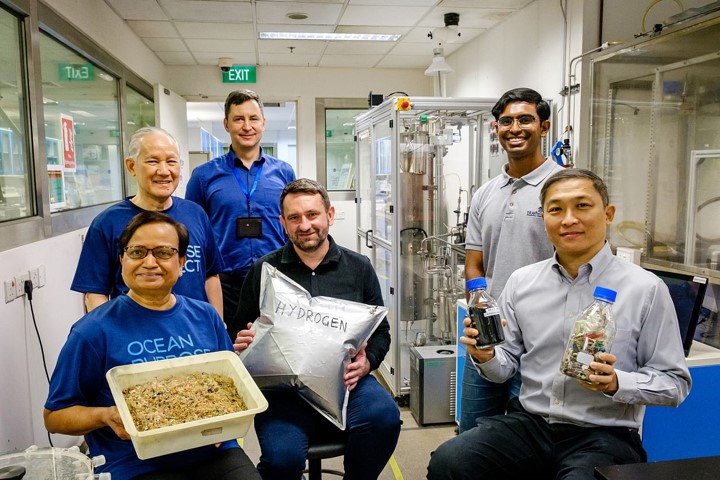
(Clockwise from bottom right) Bluefield Renewable Energy executive director Tan Yong-Tsong, NTU Associate Professor Grzegorz Lisak, Ocean Purpose Project admin and HR lead Margaret Dcruz, Ocean Purpose Project lead engineer Richard Ho, NTU senior research fellow Andrei Veksha and Bluefield Renewable Energy's Mr Irshad Mohamed. PHOTO: NTU
SINGAPORE - Scientists from Nanyang Technological University have found a way to convert plastic waste into low-carbon hydrogen, which is considered a cleaner fuel than natural gas. Plastic waste, which contains contaminated food packaging, styrofoam and plastic bags, can be challenging to recycle, meaning that they are currently incinerated or buried in landfills.
With 832 million kilograms of plastic waste generated in Singapore annually that cannot be recycled, NTU's new method - a high temperature chemical process known as pyrolysis, can convert the waste into energy that can potentially power up to 1,000 five-room apartments for a year.
Associate Professor Grzegorz Lisak from NTU's Nanyang Environment and Water Research Institute (NEWRI), who led the project, told reporters that the other by-product from the pyrolysis process would be a form of solid carbon, known as carbon nanotubes.
Carbon nanotubes have an array of uses, including sensors, semiconductors, and energy conversion devices, such as hydrogen fuel cells. NEWRI senior research fellow Andrei Veksha said the gas mixture from the pyrolysis process has about 78 per cent hydrogen concentration, 20 to 24 per cent of methane, and a small amount of CO2. This can be used for powering gas turbines to generate electricity, or if a purer form of hydrogen is required, the gases can be separated using existing technologies in the market, he added. The chemical reaction will also leave behind a small amount of char, which can be repurposed for other uses so that it does not end up at Semakau Landfill, said Dr Veksha.
To further refine the new conversion method and to assess its commercial feasibility, the research team is test-bedding it on the NTU campus to treat local plastic waste, in partnership with Bluefield Renewable Energy, a local environmental firm that specialises in converting waste to useful resources.
"If the initiative is successful, it will help Singapore reduce the amount of incineration ash from plastic waste that is sent to Semakau Landfill and help to prolong its lifespan, as it is estimated to run out of space by 2035," said Prof Lisak.


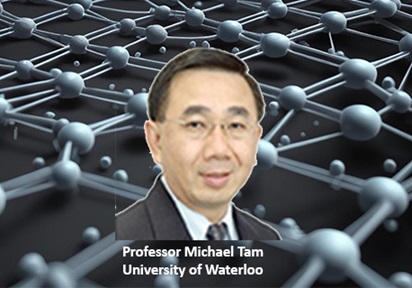
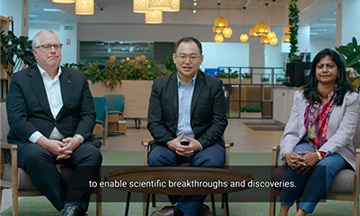
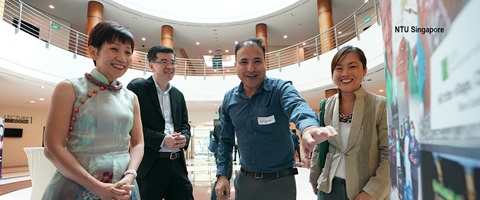
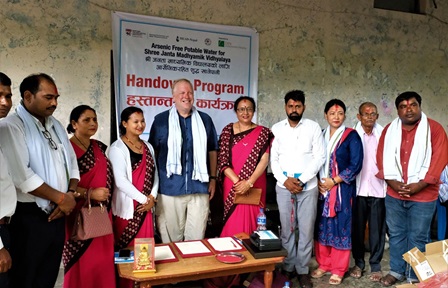

.tmb-listing.jpg?Culture=en&sfvrsn=5fcb025f_1)